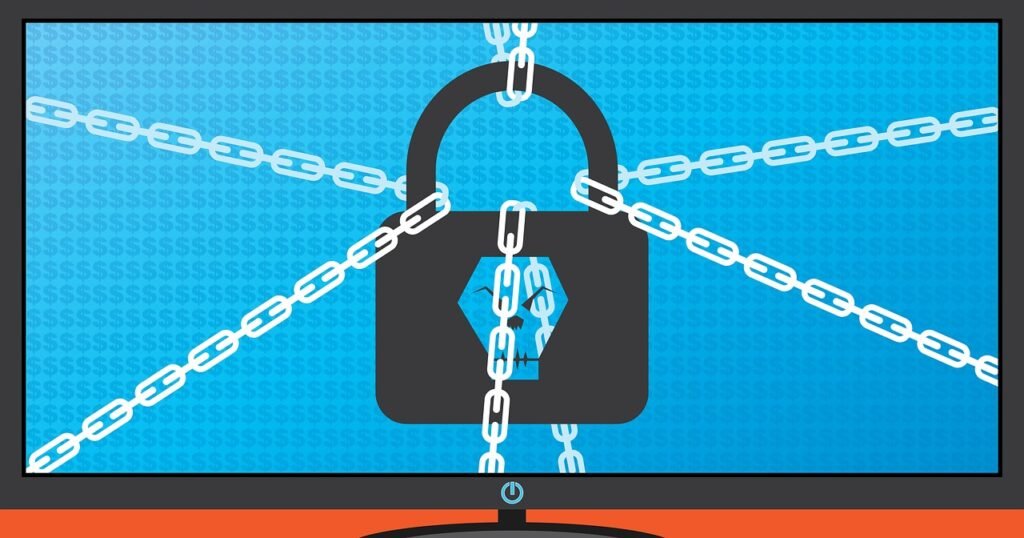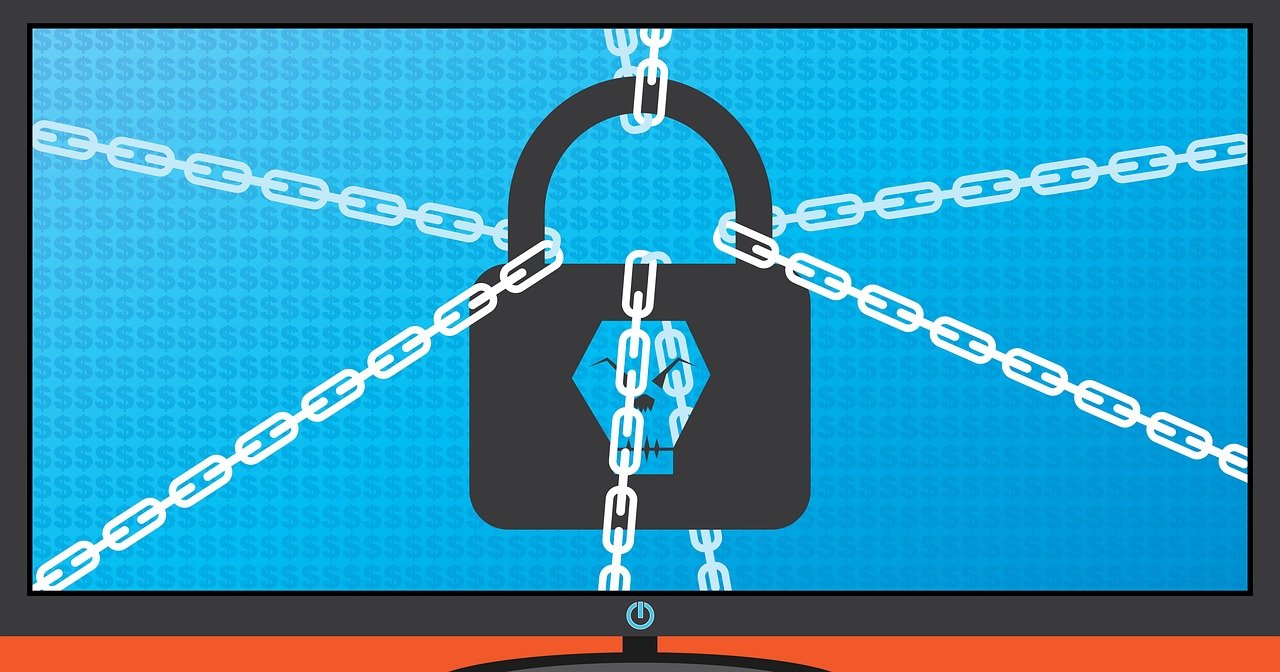The cybersecurity landscape witnessed a concerning resurgence of ransomware attacks in 2023, shattering records and impacting organizations across 110 countries, according to a recent report by Mandiant. The burgeoning trend of ransomware-as-a-service (RaaS) has significantly lowered the entry barrier for cybercriminals, fueling this surge.
Key Takeaways:
- Ransomware incidents surged in 2023, breaking a six-year record.
- Ransomware-as-a-Service (RaaS) has made it easier for cybercriminals to launch attacks.
- Businesses listed on data leak sites increased by 75% between 2022 and 2023.
- Attackers are adopting legitimate tools like remote access software for malicious purposes.
- Ransomware is often deployed outside business hours, with 76% of attacks occurring in the early morning.

Evolving Ransomware Tactics
The report highlights the evolution of ransomware tactics, with approximately one-third of new ransomware families being variants of previously known strains, indicating ongoing innovation and collaboration within the cybercriminal community. Attackers are also adopting new tools for initial access, repurposing legitimate tools like Cobalt Strike and remote access software for malicious purposes, rather than relying solely on malicious tools.
Accelerated Operations and Off-Hours Attacks
Hackers have accelerated their operations, reducing the time between initial access and ransomware deployment. In nearly one-third of incidents, ransomware was activated within 48 hours of the initial attacker access, suggesting that threat actors have become adept at navigating IT infrastructure, networks, and systems. Additionally, over three-quarters (76%) of all attacks occurred during off-hours, typically in the early morning, when businesses are less prepared to respond.
Proactive Ransomware Protection
Businesses must adopt a proactive stance to detect and protect against ransomware, as recommended by industry experts. Cloud-based tools are available to safeguard businesses by identifying live threats at the edge of their networks and isolating ransomware before it reaches critical data. However, as ransomware continues to evolve, even advanced detection technology may not offer complete protection against the latest variants.
A comprehensive solution that can detect attacks early, protect business-critical data, and enable swift recovery is essential. These tools go beyond traditional backup by storing immutable copies of data that businesses can immediately revert to the second before an attack hits, providing an instant response and recovery, rather than the weeks or months it often takes to assess entire file systems and retrieve data.
The Role of Cyber Insurance
Cyber insurance plays a pivotal role in safeguarding the financial health and reputation of businesses against ransomware attacks. By demonstrating ongoing measures to mitigate ransomware risk, companies with cyber insurance can potentially reduce premiums over time. Insurance providers assess an organization’s existing ransomware risk to determine the best-fit coverage and premiums, ensuring that crucial security areas are addressed to counter ransomware threats.
In the event of an attack, the insurance claims process enables businesses to access operational and financial assistance based on their insurance policy. This process involves incident identification, evidence compilation, filing, claims assessment, negotiation, and resolution, ensuring that organizations implement technologies, processes, and practices to gather critical cyber evidence and information for a successful claim.
Collaboration and Reporting Incidents
Despite the escalating number of businesses falling victim to ransomware attacks, many are no longer passive targets. A recent survey by Sophos revealed that nearly all (97%) of those hit by ransomware reached out to law enforcement and government organizations for assistance. This collaboration between the public and private sectors enhances the capacity to recover swiftly and gather intelligence to potentially bring perpetrators to account.
Conclusion
As ransomware threats continue to surge, businesses must prioritize proactive measures to detect and protect against these attacks. Implementing comprehensive solutions, leveraging cyber insurance, and collaborating with law enforcement and government organizations are crucial steps in bolstering defenses and mitigating the impact of ransomware incidents.


